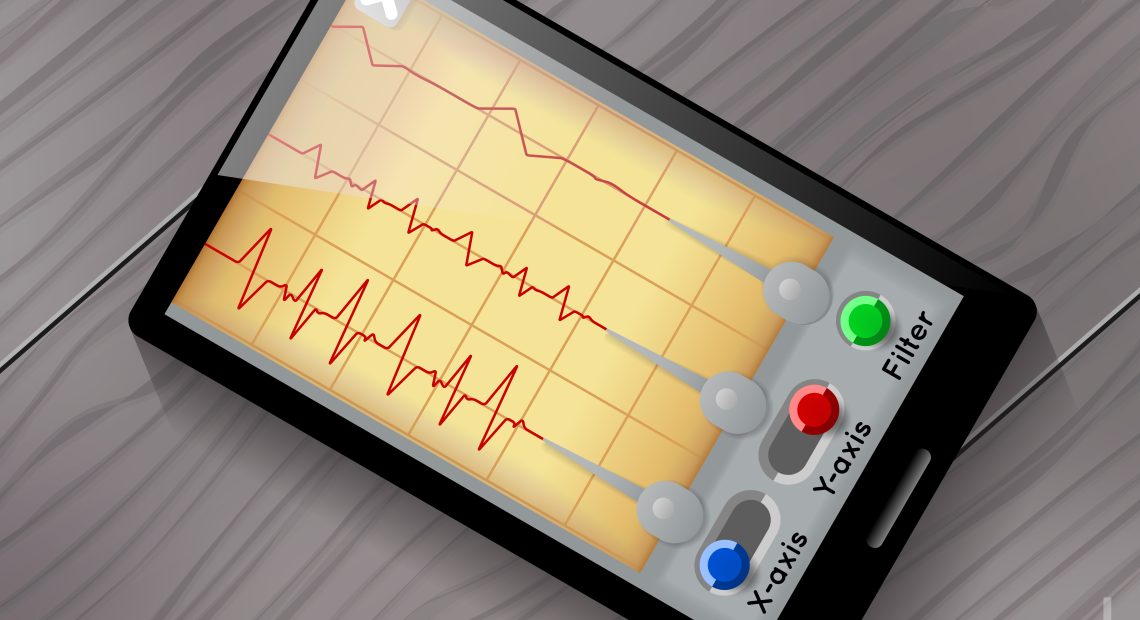
6.1 Magnitude Earthquake Jolts Southern Philippines, No Damage Reported
A magnitude 6.1 earthquake struck offshore southern Philippines on the morning of June 28, 2025, according to the U.S. Geological Survey. The quake’s epicentre was located roughly 70 km off the coast of Davao Occidental province, at a depth of approximately 101 km—deep enough to avoid triggering a tsunami warning. Initial reports from the Philippine Institute of Volcanology and Seismology confirm there were no immediate reports of casualties or structural damage.
Local authorities and eyewitnesses described moderate shaking across several coastal areas. Marlawin Fuentes, a provincial rescuer on Sarangani Island, mentioned the quake shook tables and computer equipment for nearly five seconds. Despite the tremors being clearly felt, he said the shaking was not severe and people responded with caution rather than panic.
Philippines Earthquake
Earthquakes are common in this region of the Philippines, which lies along the Pacific “Ring of Fire”—an area known for frequent seismic and volcanic activity extending from Asia to the Americas. Most tremors in the country are minor and go unnoticed, but occasional stronger earthquakes, such as this one, remind residents of the region’s underlying geologic volatility.
Seismic Activity
At a depth of 101 km, this quake was classified as an intermediate-depth event, which often reduces surface-level destruction compared to shallow quakes. The United States Geological Survey reported no tsunami alert was warranted, reinforcing the assessment that the tremors posed limited immediate threat to coastal populations.
Quake Alert
While no local authorities issued evacuation orders or emergency measures, officials are monitoring for possible aftershocks. Residents in Davao Occidental were advised to stay alert, inspect buildings for any hidden damage, and follow updates from the Philippine Institute of Volcanology and Seismology.
Though this event interrupted routines briefly, it did not trigger any alarms beyond routine precautionary measures. Experts stress that preparedness remains essential in quake-prone zones—even when initial assessments show minimal impact.


















